WPA 2.0: Beauty, Economics, Politics, and the Creation of New Public Infrastructure
During the past 400 years, the United States has been transformed by massive public and private works projects and technological innovations intended to facilitate commerce, improve public health, and foster economic development.





